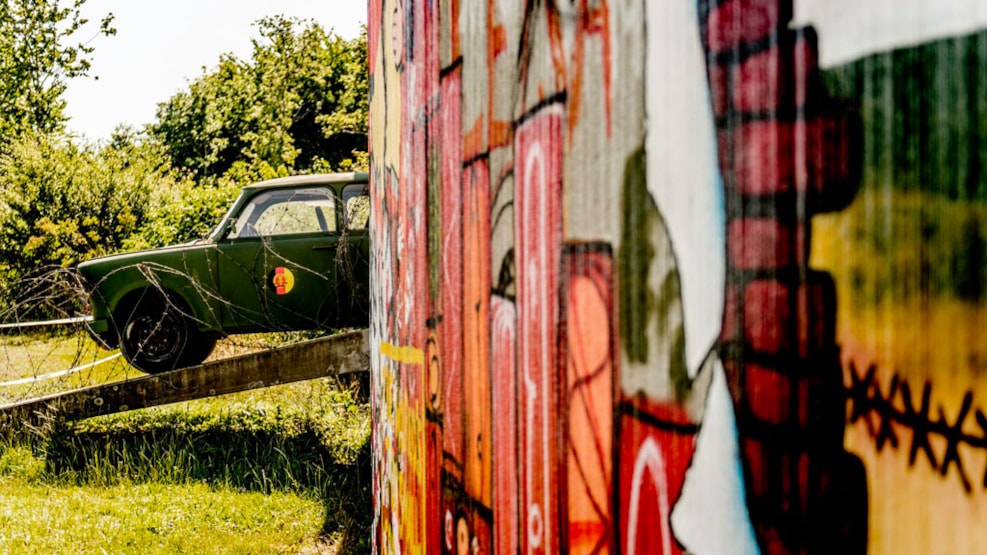
Geopark: Langelandsfortet
A unique example from more recent times of how landscape, nature, and strategic considerations may converge into one unit.
When the Cold War seriously arrived in the South Fyn Archipelago, Langeland became home to one of the two dedicated Danish war constructions that were built in the beginning of the 1950s.
The important strategic position of Denmark became clear once again and manifested itself in the construction of a large fort, a radar station, and an observation post on South Langeland that all had the task of looking for enemies from the east. The glacial landscape was fully utilised, and bunkers were placed in many of the fine ‘hat-shaped hills’, e.g., at Fakkebjerg, from where you could then follow the enemy in the Baltic Sea. Shortly after the establishment and commissioning of the fort, the Danish Defence and the local forester began to plant the large military area.
Five selected areas covering 0.5 km2 in total received a special camouflage planting consisting of oak, elm and poplar. When the enemy would attack, it was supposed to be difficult from either the air or from the ground for the attacking forces to identify the military constructions. Thus, the look of the naked Langeland landscape was changed, and it engulfed the presence of the military.
The fort was active from 1953 to 1993, and in 1997 it was transformed into one of the first Cold War museums in Europe.